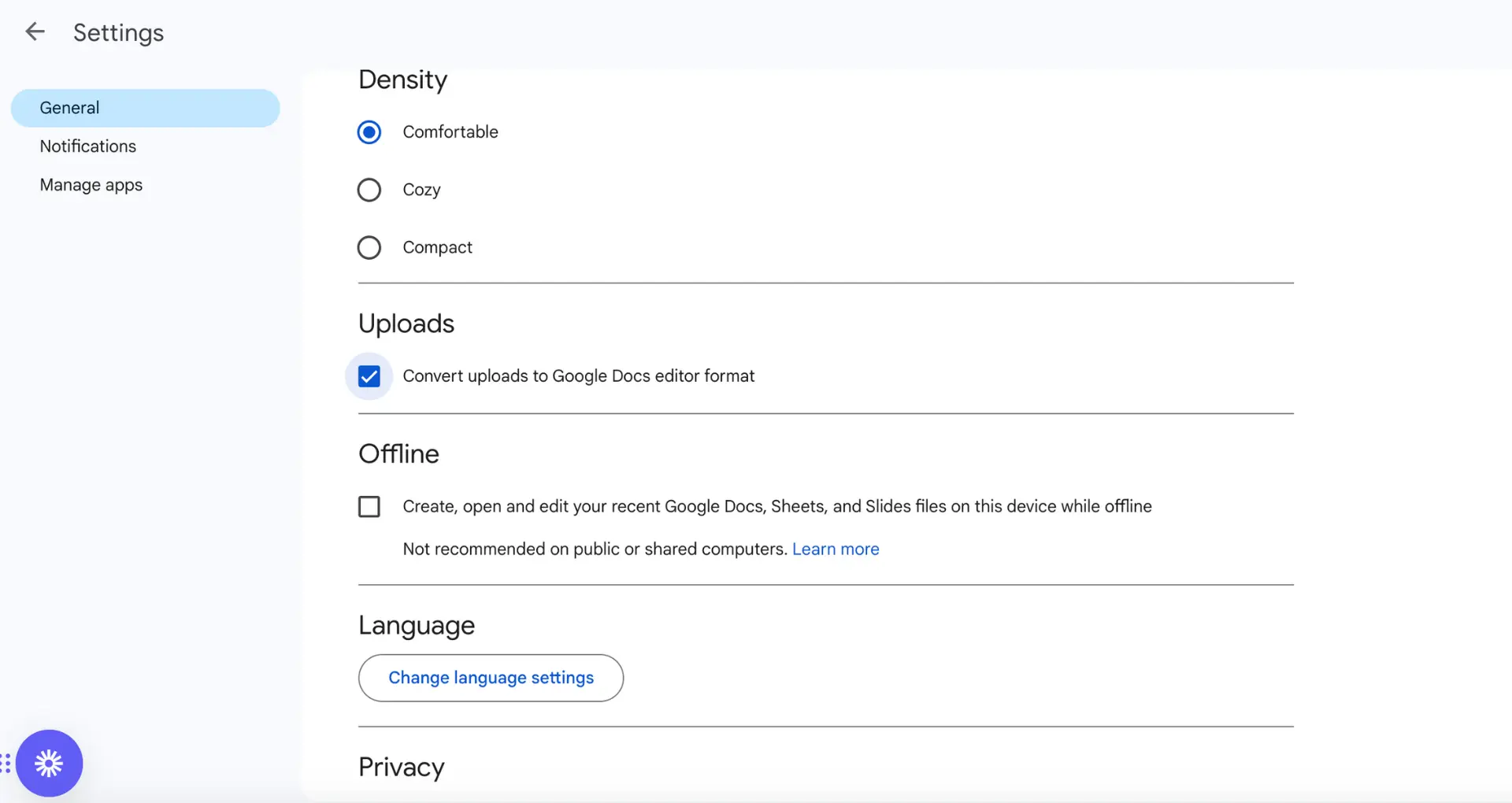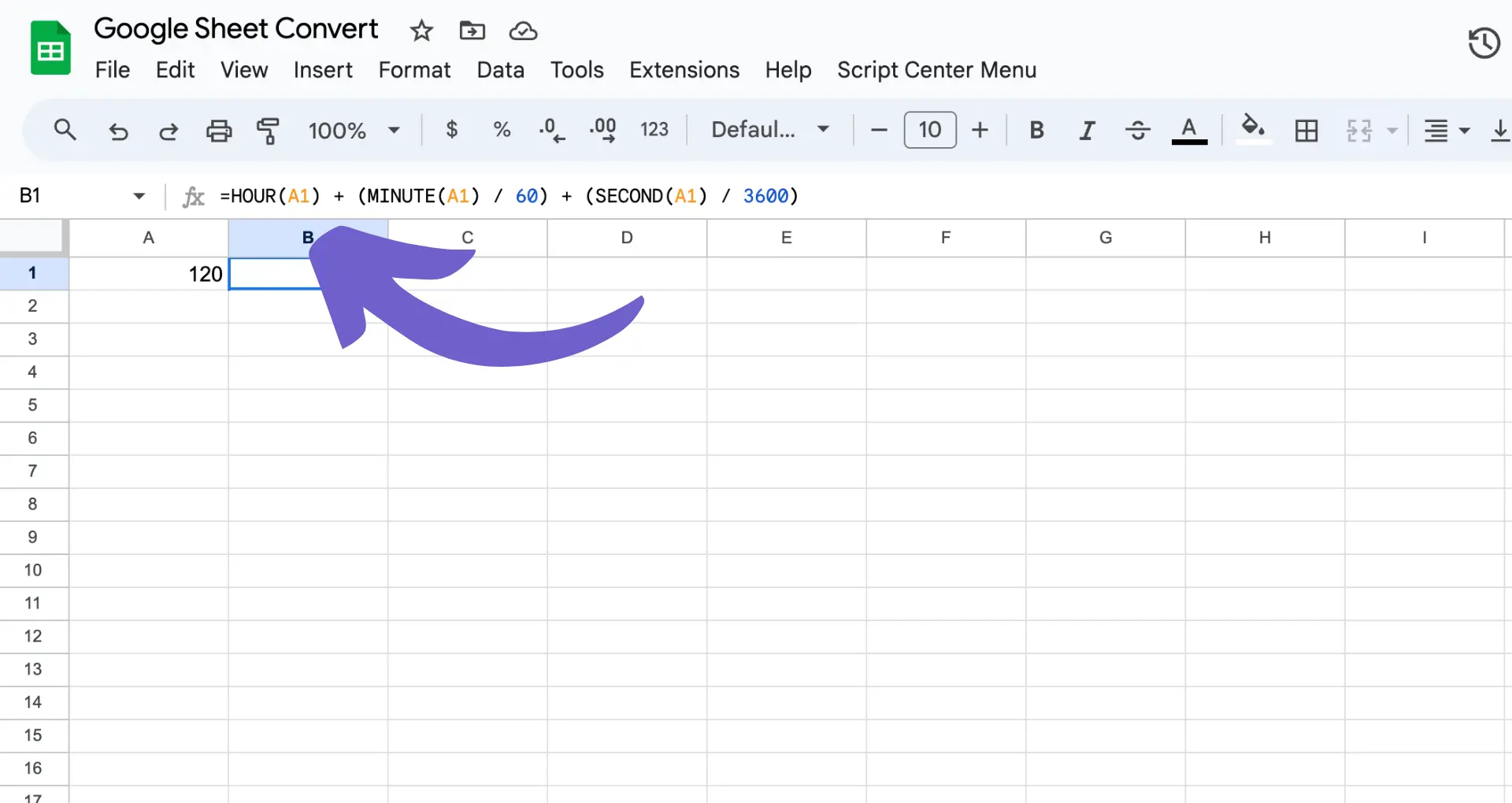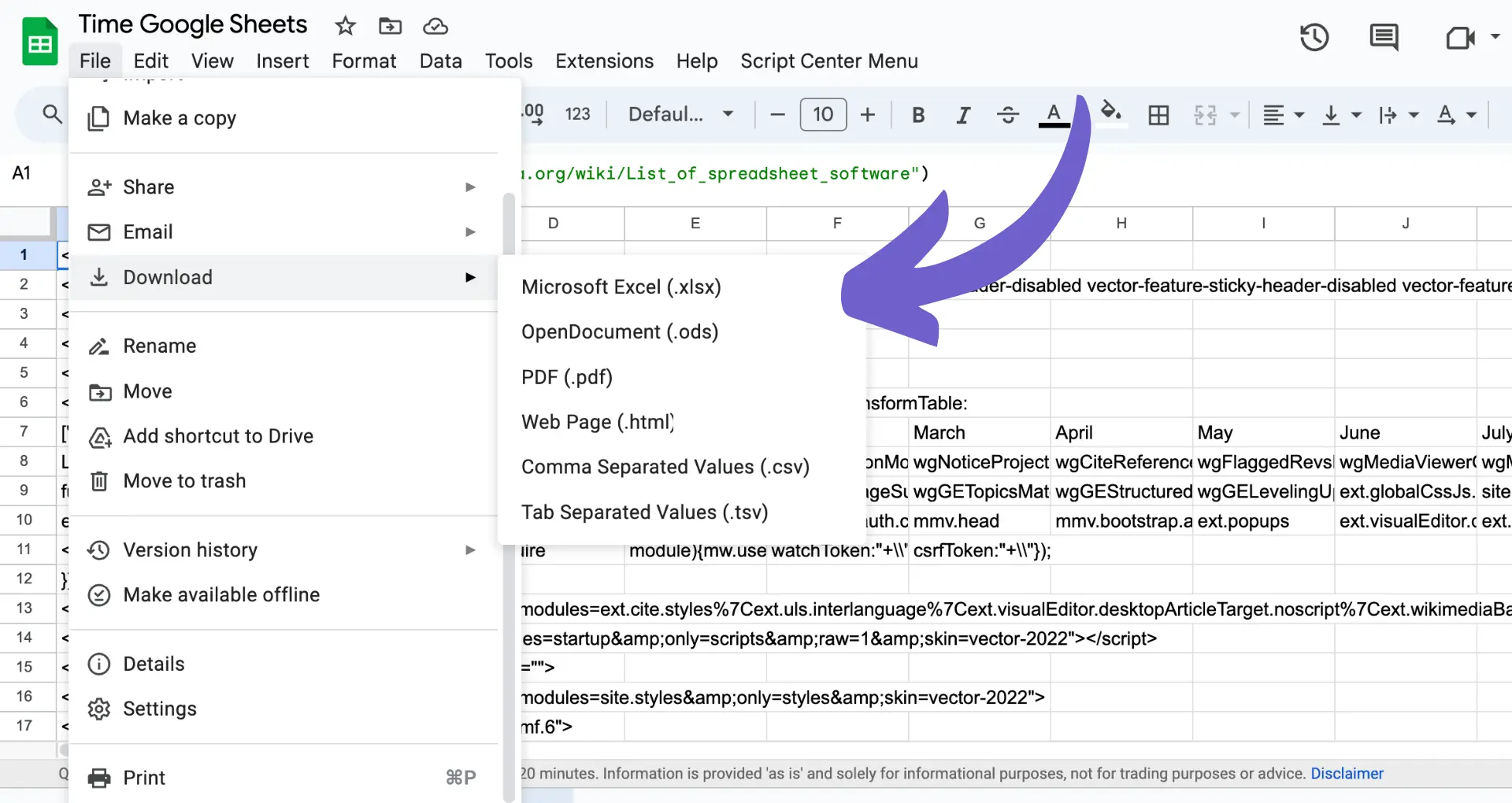Salesforce dashboards provide a powerful way to visualize and analyze your business data. By adding reports to your dashboard, you can gain valuable insights and make data-driven decisions. In this step-by-step guide, we'll walk you through the process of creating a report and integrating it into your Salesforce dashboard.
Understanding Salesforce Dashboards and Reports
Salesforce dashboards and reports are essential tools for visualizing and analyzing your business data. While they serve different purposes, they work together to provide valuable insights.
Dashboards offer a high-level overview of your data, displaying key metrics and performance indicators in a single, easy-to-read interface. They allow you to:
- Monitor the health of your business at a glance
- Identify trends and patterns
- Make data-driven decisions
Reports, on the other hand, provide a more detailed view of your data. They allow you to:
- Dig deeper into specific metrics
- Analyze data from multiple angles
- Generate custom views tailored to your needs
By combining dashboards and reports, you can gain a comprehensive understanding of your business performance and make informed decisions to drive success. To further enhance your Salesforce experience, consider using AI sales automation tools for better efficiency.
Creating and Customizing Reports in Salesforce
Creating a new report in Salesforce is a straightforward process that allows you to tailor the report to your specific business needs. Here's a step-by-step guide:
- Navigate to the Reports tab in Salesforce
- Click "New Report"
- Select the appropriate report type based on the data you want to analyze
- Click "Create"
- Customize the report by adding or removing fields, filters, and groupings
- Save and run the report
When creating a report, it's crucial to select the correct report type. This determines which fields and objects are available for your report. Salesforce offers a variety of standard report types, but you can also create custom report types to meet your unique requirements.
Customizing your report involves:
- Adding and removing fields to display the most relevant data
- Setting filters to narrow down the records included in the report
- Grouping and summarizing data to gain valuable insights
By carefully selecting the report type and customizing the fields and filters, you can create powerful reports that provide actionable information to drive your business forward. To further enhance your Salesforce experience, consider using sales discovery questions to tailor your approach.
Want to save time on repetitive tasks? Try Bardeen's automated workflow to focus on what truly matters.
Adding Charts to Salesforce Reports
Adding charts to your Salesforce reports is an effective way to enhance data representation and make insights more accessible. Here's how to do it:
- Open the report you want to add a chart to
- Click "Add Chart"
- Select the appropriate chart type for your data
- Customize the chart by adjusting the metrics, groupings, and chart properties
- Click "OK" to add the chart to your report
Salesforce offers several chart types to choose from, including:
- Bar charts: Compare values across different categories
- Line charts: Show trends over time
- Pie charts: Display the composition of a whole
- Funnel charts: Visualize sequential stages in a process
- Scatter charts: Plot data points to identify correlations
When selecting a chart type, consider the nature of your data and the insights you want to convey. For example, use a line chart to track sales performance over time or a pie chart to show the distribution of leads by source.
Customizing your chart allows you to fine-tune its appearance and focus on the most relevant data. Experiment with different metrics, groupings, and chart properties to create a visually appealing and informative chart that effectively communicates your message. For more advanced insights, explore sales intelligence tools to enhance your analysis.
Initiating a New Dashboard in Salesforce
Creating a new dashboard in Salesforce is a straightforward process that allows you to visualize your data effectively. Here's how to get started:
- Navigate to the Dashboards tab in Salesforce
- Click the "New Dashboard" button
- Choose a layout for your dashboard (e.g., 3-column, 2-column, or table)
- Give your dashboard a descriptive name that reflects its purpose
- Select a folder to store your dashboard for easy organization and access
- Click "Create" to initiate your new dashboard
When naming your dashboard, use a clear and concise title that accurately describes the data it will display. This helps users quickly identify the dashboard's purpose and find it when needed.
Organizing your dashboards into folders is crucial for maintaining a tidy and efficient workspace. Consider creating folders based on departments, projects, or specific metrics to make locating and managing your dashboards easier. Learn how to build a robust prospect list to enhance your data organization.
Once you've created your new dashboard, you can start adding reports, charts, and other components to build a comprehensive view of your data. Customize the layout and appearance of your dashboard to ensure it effectively communicates the insights you want to convey. For more advanced automation, consider integrating Google Sheets with Salesforce.
Managing multiple dashboards? Save time and effort with Bardeen's automation tools. Automate repetitive tasks and focus on what matters most.
Integrating Reports into Your Dashboard
Once you've created a new dashboard, it's time to add reports to provide valuable insights. Follow these steps to integrate reports into your Excel-integrated Salesforce dashboard:
- Open the dashboard you want to edit
- Click the "Edit" button to enter the dashboard editor
- Select a component type (e.g., chart, table, metric) from the widget menu
- Choose the report you want to add from the list of available reports
- Customize the widget's appearance, such as chart type, colors, and labels
- Position the widget on the dashboard by dragging and dropping it into the desired location
- Resize the widget as needed to ensure optimal visibility and layout
- Click "Save" to apply the changes to your dashboard
When adding reports to your dashboard, consider the most effective way to display the data. Choose the appropriate chart type or table format that best communicates the insights you want to highlight.
Positioning and sizing your report widgets is crucial for creating a visually appealing and user-friendly dashboard. Arrange the widgets in a logical order, with the most important or frequently accessed reports prominently displayed. Ensure that each widget is sized appropriately to allow for easy reading and interpretation of the data.
By carefully selecting, customizing, and arranging your report widgets, you can create a powerful and informative dashboard that provides valuable insights at a glance. Discover more about lead enrichment to enhance your data.
Best Practices for Dashboard Management in Salesforce
To ensure your Salesforce dashboards remain effective and insightful, follow these best practices for dashboard management:
- Regularly review and update your dashboards to reflect changes in business priorities, goals, and metrics.
- Set appropriate security settings to control access to sensitive data. Determine which users or roles should have view, edit, or manage permissions for each dashboard.
- Utilize sharing options to collaborate with team members and stakeholders. Share dashboards with specific users, groups, or roles to promote transparency and alignment.
- Leverage dynamic dashboards to provide personalized insights based on the logged-in user's access level. This ensures that each user sees data relevant to their role and responsibilities.
- Assign a "running user" to each dashboard to control the data displayed. Choose a user with the appropriate permissions to ensure the dashboard shows the intended information.
- Maintain consistent naming conventions and organize dashboards into folders for easy navigation and access.
- Regularly refresh dashboard data to ensure users are viewing the most up-to-date information for accurate decision-making.
By implementing these best practices, you can optimize your Salesforce dashboards for maximum efficiency and effectiveness. Dynamic dashboards, in particular, offer significant benefits by tailoring data to each user's needs, reducing the need for multiple dashboards and ensuring data security.
Use automated lead generation to save time and focus on building relationships.
Remember, effective dashboard management is an ongoing process. Regularly review and iterate on your dashboards to keep pace with your evolving business needs and drive success with data-driven insights.






